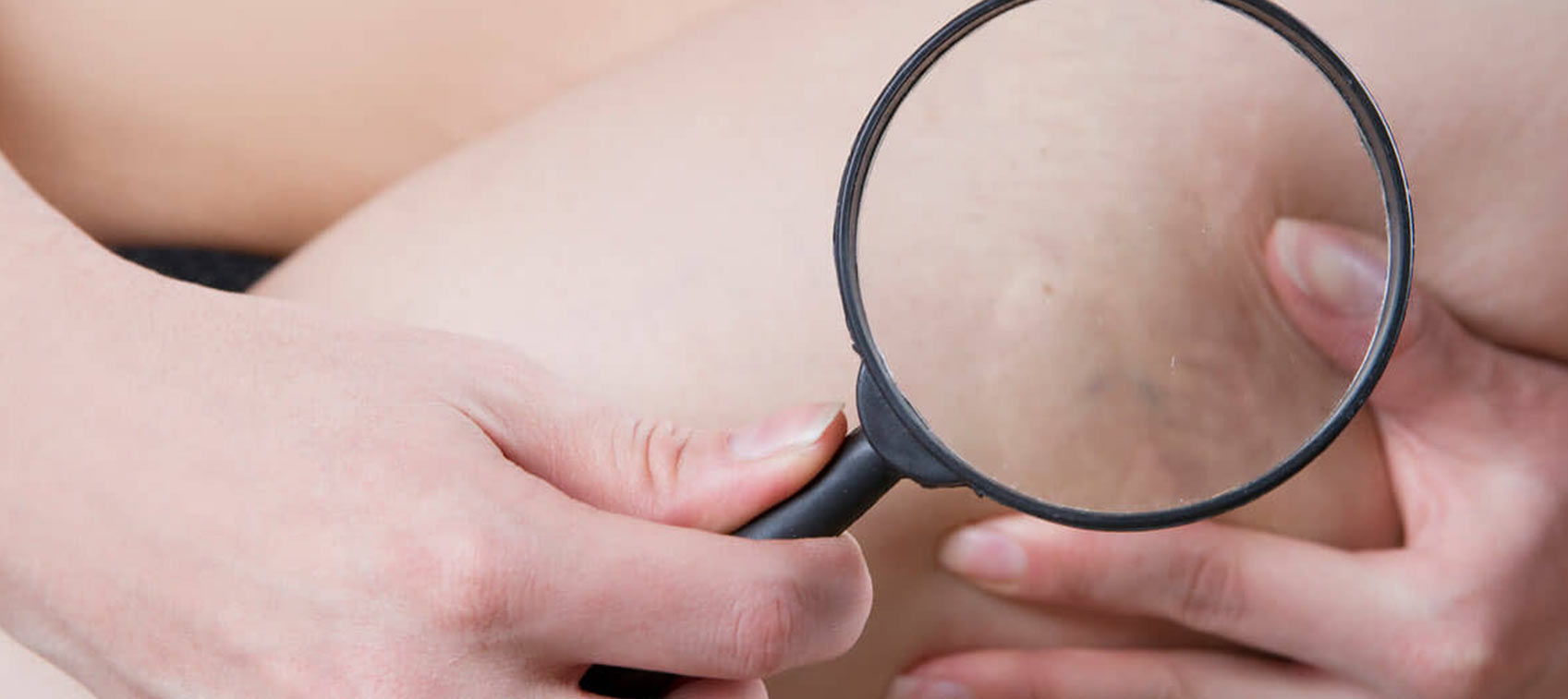
What can I do about treating varicose veins?
Walking upright has given the veins in our legs a tough job: They constantly work against gravity to return blood to the heart.
As we age, these valves begin to fail, and blood may pool in the veins, stretching and injuring the vein wall. This condition is called venous insufficiency.
Varicose veins appear when the affected veins are near the skin’s surface, causing pain and swelling and increasing the risk of leg ulcers.
Because pregnancy (as well as obesity and prolonged standing) increases the incidence of venous insufficiency and varicose veins, it is not surprising that women are affected more than twice as often as men.
Treating Varicose Veins
There are two methods for treating varicose veins I suggest you try. The first is compression socks. They prevent blood from pooling in the veins by placing gradient pressure on the legs.
The second technique for treating varicose veins is the herb horse chestnut (Aesculus hippocastanum). German researchers treated 240 patients with horse chestnut seed extract, compression stockings or a placebo for 12 weeks. At the end of the trial, the fluid in the legs decreased an average of 56.5 mL with compression therapy and 53.6 mL with horse chestnut seed extract, while it increased by 9.8 mL with the placebo.
Look for horse chestnut extract in your health-food store, and use as directed. Compression socks are sold in medical supply stores, some drugstores and through various online retailers.


